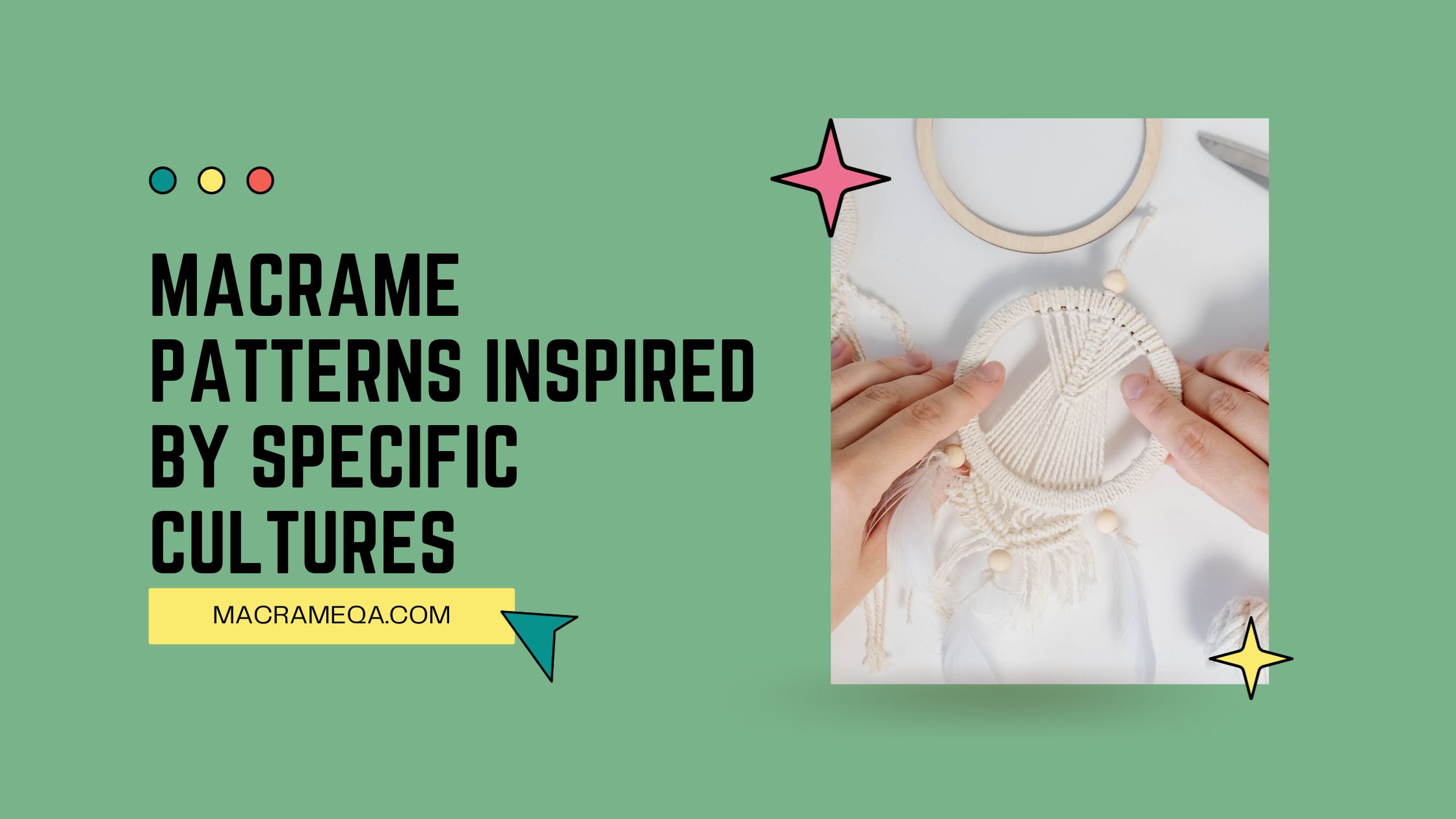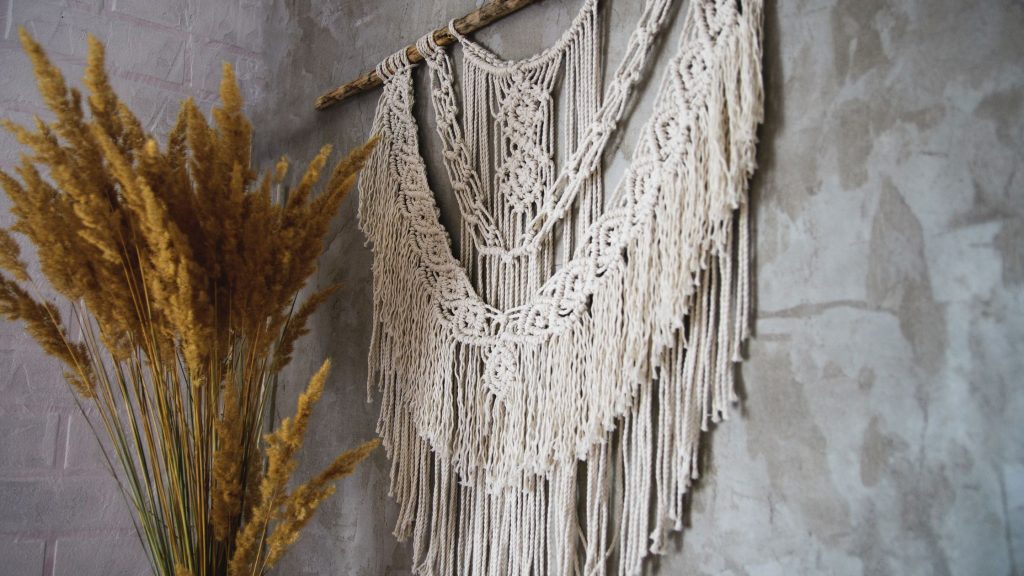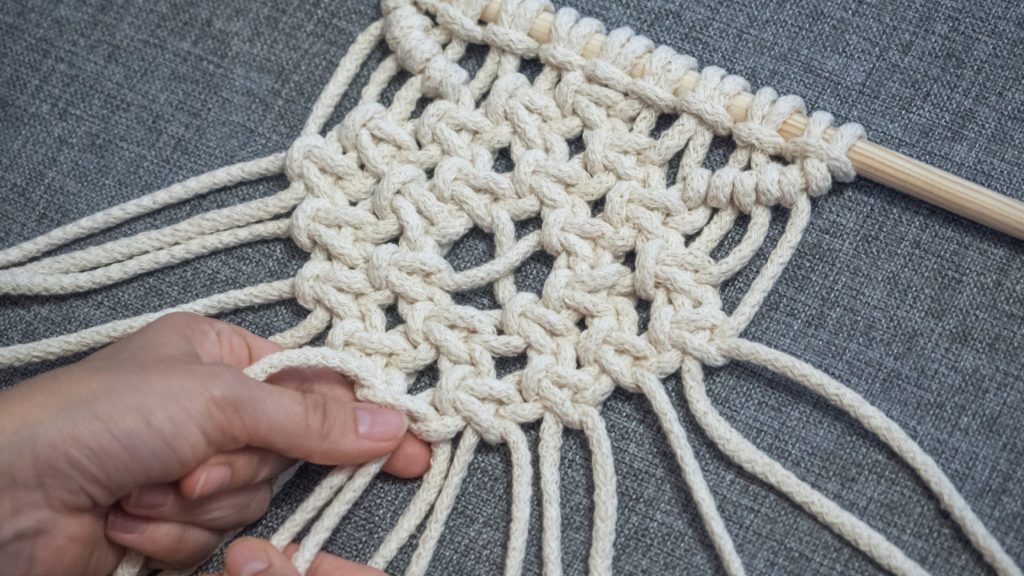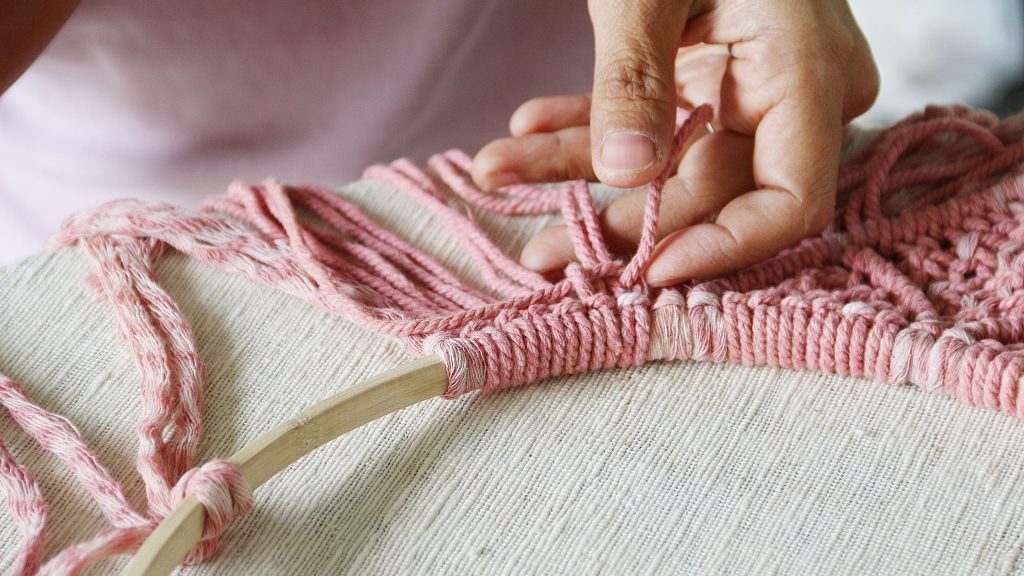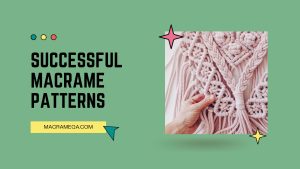Macrame, the art of knotting cord or thread to create decorative patterns, has a rich history that spans across various cultures around the world. From the intricate designs of ancient civilizations to modern interpretations influenced by tribal communities, macrame patterns have been deeply rooted in cultural traditions. By exploring the diverse origins of macrame, you will discover a treasure trove of macrame patterns inspired by Specific cultures that can be incorporated into your own unique creations.
Introduction
Macrame is a fascinating and versatile craft that has been around for centuries. It involves creating beautiful and intricate designs using various knots and cords. Over time, macrame has evolved and taken on different forms, incorporating the unique cultural influences of various regions around the world. In this article, we will explore the basics of macrame, its cultural significance, and its evolution into modern design. We will also discuss the ethical considerations surrounding the use of cultural patterns and showcase inspiring examples of macrame projects that highlight these influences.
Macrame Basics
What is macrame?
Macrame is a textile art form in which various decorative knots are used to create intricate designs. The word “macrame” is derived from the Arabic term “migramah,” which means “fringe.” It gained popularity during the 1970s but has a much longer history dating back to ancient times. Macrame can be used to make a wide range of items, including wall hangings, plant hangers, jewelry, and clothing.
Types of macrame knots
There are several types of knots that are commonly used in macrame. These include the square knot, the half-hitch knot, the lark’s head knot, the double half-hitch knot, the spiral knot, and the Josephine knot. Each knot creates a unique texture and pattern, allowing macrame artists to experiment and create intricate designs.
Materials and tools for macrame
To get started with macrame, you will need a few basic materials and tools. The primary material used in macrame is cord, which can be made from various natural fibers such as cotton, hemp, or jute. You will also need a pair of scissors, a ruler or measuring tape, and a macrame board or surface to work on. Optional tools include a comb or brush for brushing out the cords and a macrame pattern or guide for reference.
Cultural Influence on Macrame
Macrame as a traditional craft
Macrame has a rich history that spans across different cultures around the world. It has been used as a traditional craft in many societies, where it holds cultural significance and is passed down through generations. In some cultures, macrame was used to create everyday items such as bags, clothing, and even fishing nets. It served practical purposes while also showcasing the artistic skills and creativity of the maker.
Macrame’s connection to different cultures
Macrame has been influenced by the cultures it has been a part of, resulting in unique styles and patterns. Different regions have their own distinct macrame designs and techniques that reflect their cultural heritage. For example, African macrame often features bold and geometric patterns, while Asian macrame incorporates delicate and intricate designs. Native American macrame is known for its use of natural materials such as feathers and beads, and European macrame displays a blend of various influences. Australian macrame, on the other hand, embraces nature and incorporates elements inspired by the country’s landscape.
Macrame Patterns From Around the World
African-inspired macrame patterns
African macrame is known for its vibrant colors and bold patterns. One popular African macrame pattern is the “Double Diamond” knot, which creates a striking geometric design. The use of bright hues such as red, yellow, and green adds to the visual appeal of these patterns. African macrame often incorporates symbolic elements that represent cultural beliefs and traditions.
Asian-inspired macrame patterns
Asian macrame is characterized by its delicate and intricate designs. The “Chinese Crown Knot” is a commonly used knot in Asian macrame, known for its decorative effect. Asian macrame often incorporates elements such as bells or beads, adding an extra layer of intricacy and symbolism to the designs. The use of natural materials such as silk or bamboo gives these creations an elegant and refined touch.
Native American-inspired macrame patterns
Native American macrame is deeply rooted in the cultural traditions of Indigenous peoples. It often incorporates natural materials such as feathers, beads, and leather to create unique and meaningful designs. Dreamcatchers, a popular Native American macrame creation, are thought to filter out negative energy and protect the sleeper from bad dreams. Native American macrame patterns often feature intricate weaving techniques and symbolic elements that reflect spiritual beliefs and cultural values.
European-inspired macrame patterns
European macrame is influenced by various cultures and styles from different regions of the continent. In the 17th century, European sailors learned macrame techniques from their Arab counterparts and incorporated them into their own craft. Over time, European macrame evolved, and different regions developed their own distinct styles. For example, Spanish macrame often incorporates lace-like patterns, while Irish macrame is known for its intricate knots and Celtic designs.
Australian-inspired macrame patterns
Macrame in Australia draws inspiration from the country’s unique natural beauty. Australian macrame often incorporates elements such as shells, driftwood, and feathers, reflecting the coastal and outback landscapes. The use of earthy tones and natural fibers such as sisal or eucalyptus adds a touch of Australian authenticity to these designs. Australian macrame patterns often feature motifs inspired by native flora and fauna, such as the kangaroo or the eucalyptus tree.
Macrame Meets Modern Design
Incorporating cultural elements into contemporary macrame
As macrame has gained popularity in modern times, artists and designers have found new ways to incorporate cultural elements into their creations. By drawing inspiration from traditional macrame patterns and techniques, contemporary macrame artists are able to pay homage to different cultures and celebrate their heritage. This incorporation of cultural elements adds a unique and authentic touch to modern macrame designs.
Blending different cultural influences
In the age of globalization, cultural exchange and blending have become more prevalent. Macrame offers a perfect medium for blending different cultural influences and creating beautiful and unique designs. By combining elements from various cultures, artists can create macrame pieces that showcase the diversity and interconnectedness of our world. This blending of cultural influences not only provides new creative opportunities but also promotes cultural appreciation and understanding.
Macrame as a form of cultural expression
For many artists, macrame serves as a form of cultural expression and a way to celebrate their heritage. By incorporating traditional patterns and techniques into their work, they are able to convey their cultural identity and share their stories with the world. Macrame becomes more than just a craft; it becomes a language through which artists can express their roots and connections to their cultural heritage.
Ethical Considerations
Appreciating culture versus cultural appropriation
When exploring cultural macrame patterns, it is essential to consider the difference between appreciation and appropriation. While appreciating and drawing inspiration from different cultures is a positive thing, appropriating elements without understanding their cultural significance can be disrespectful and harmful. It is crucial to approach cultural macrame patterns with respect, understanding, and a willingness to learn about their origins and significance.
Respecting intellectual property rights
Another ethical consideration when working with cultural macrame patterns is to respect intellectual property rights. Some patterns and designs are protected by copyright or are considered sacred to specific cultures. It is essential to research and ensure that you are using patterns and designs ethically, giving credit where it is due and obtaining permission when necessary. This respect for intellectual property rights helps maintain the integrity of cultural macrame and fosters a collaborative and respectful creative community.
DIY Macrame: Exploring Cultural Patterns
Finding macrame patterns inspired by specific cultures
If you are interested in exploring macrame patterns inspired by specific cultures, there are numerous resources available. You can find books, online tutorials, and even workshops that specialize in teaching cultural macrame techniques and patterns. These resources provide an opportunity to learn about different cultures while also expanding your macrame skills and creating beautiful pieces of art.
Adapting cultural patterns for macrame projects
When working with cultural macrame patterns, it is essential to approach them with respect and sensitivity. Rather than copying patterns directly, consider adapting them to suit your own artistic style and vision. This approach allows you to create unique and personalized macrame pieces while still paying homage to the cultural influences that inspire you. By adapting cultural patterns, you can infuse your own creativity and interpretation, resulting in truly one-of-a-kind creations.
Conclusion
Macrame is a wonderful craft that allows us to explore and appreciate the cultural richness of our world. By understanding the history, techniques, and patterns unique to various cultures, we can create macrame pieces that celebrate diversity and promote cultural appreciation. It is essential to approach cultural macrame patterns with respect, understanding, and a willingness to learn about their origins and significance. By doing so, we can create beautiful macrame creations that are not only aesthetically pleasing but also meaningful and representative of the diverse cultures that inspire us. So, go ahead, pick up your cords, and embark on a macrame journey that celebrates the beauty of cultural influences.

